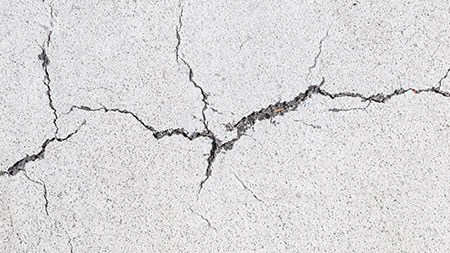|
When purchasing property, it is vital that you inspect the property you intend to buy thoroughly. Only in certain instances will the buyer be protected against severe defects discovered after the transfer on a property has gone through. A patent defect is clearly visible upon reasonable inspection, like a crack in a wall or window, and it should be stated in the offer to purchase, who will be responsible for fixing (or replacing) the defect. A latent defect is not so easily picked up on superficial inspection, for example a faulty geyser, a damp area concealed behind furniture or fresh paint or a leaking roof. The buyer has no recourse for ‘patent’ defects, which are visible or obvious without expert inspection - it is up to the buyer to look for them, and to decide whether or not to proceed with the purchase. The seller is responsible for all latent defects in the property for three years from the date of sale of the property. It is for this reason that a seller would stipulate that the property is for sale 'as is' ('Voetstoots'). It covers the seller against all defects, including "latent" (non-obvious or hidden) defects, although he is still responsible for any deliberately concealed latent flaw and can only rely on 'Voetstoots' if the defect was unknown to him. However, the burden of proof is on the purchaser if he alleges that the seller knows or ought to have known about the defect, and deliberately concealed it. A buyer should ask the seller to supply all warranties and documentation relating to repairs and maintenance on transfer of the property. Any new defects occurring after the sale of the property but prior to registration of transfer will be for the responsibility of the seller, unless caused by the buyer during occupation.
|
Property Advice





